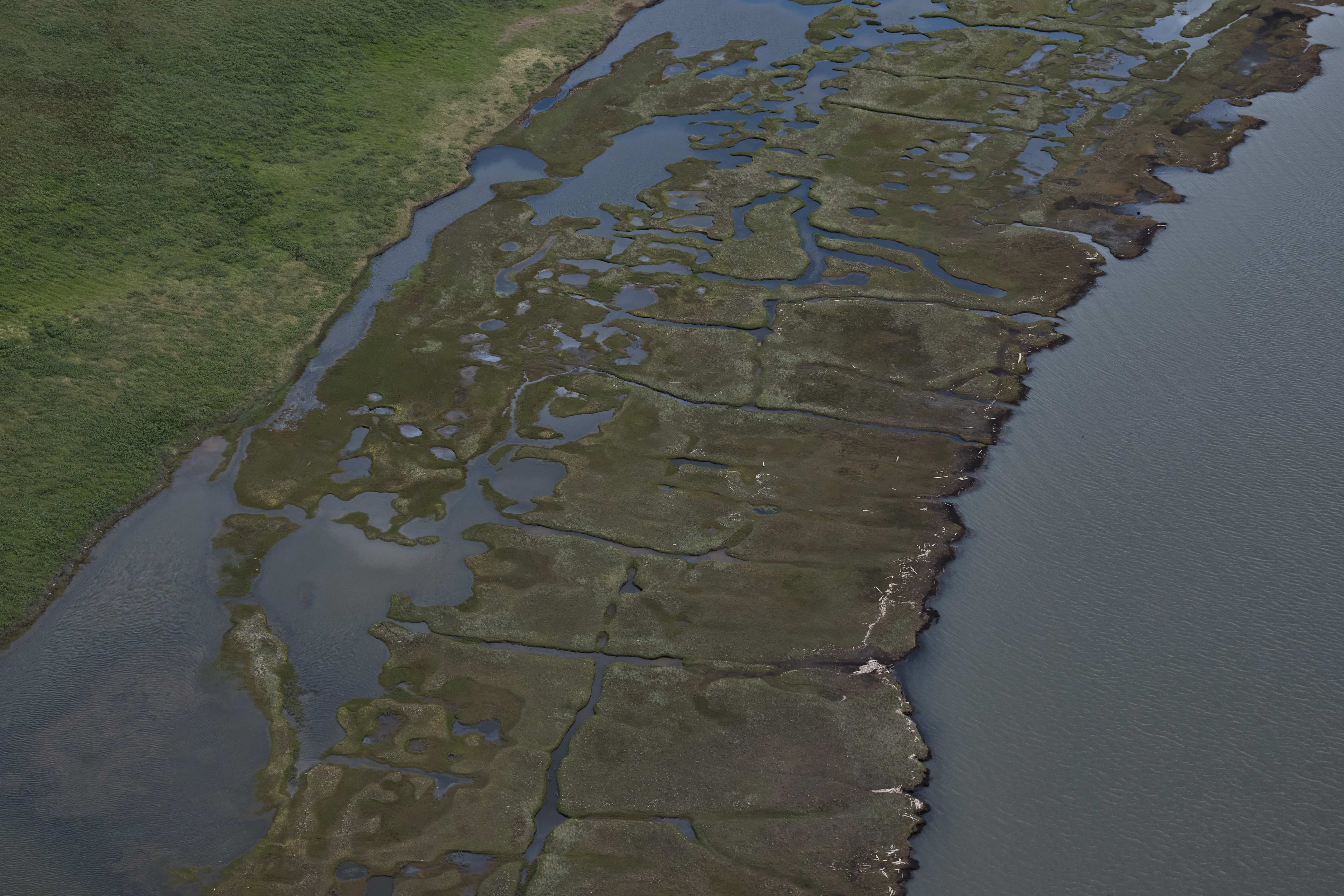Inland waters integrate terrestrial, oceanic, and atmospheric reservoirs of organic matter and contribute to the storage, processing, and emission of large amounts of terrestrial carbon.
As the arctic climate warms, permafrost soils in the region, which store two atmospheres worth of carbon, are thawing and decomposing. This permafrost thaw, along with glacier mass loss and changing hydrological regimes, alter— and often increase—continental fluxes of freshwater and terrigenous material to the ocean, which in turn is likely to impact the fishing, hunting, infrastructure, and subsistence of local communities, arctic coastal ecosystem functioning, and global climate feedbacks.
New comment in Natue Communications by Nunataryuk researchers Jorien Vonk and Niek Speetjens from VU Amsterdam suggests that to gain a realistic and representative view of the impact of the warming on the coupled pan-arctic terrestrial-aquatic carbon cycle, it is imperative that we move away from the dominant focus on large catchment size.
"We need to focus more attention on the smaller northernmost coastal watersheds in order to improve climate and earth system understanding and to build adaption capacity for communities along the rapidly-changing pan-arctic coastline."
The full comment can be read in Nature Communications here.
Photo © Weronika Murray



